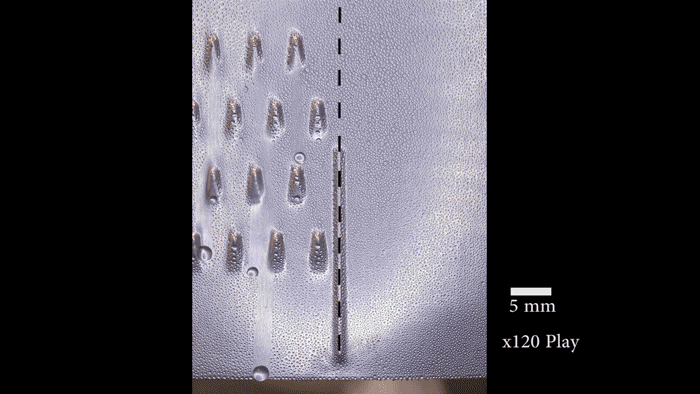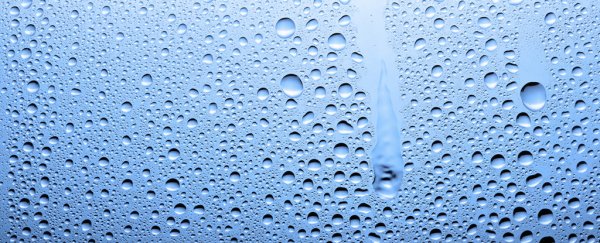One of the ways of sourcing drinking water in areas afflicted by drought is by harvesting it from the air, and now a new material developed by scientists in the US could make this tricky feat easier than ever.
Researchers at Harvard University have taken inspiration from a variety of water-collecting traits in different natural species to develop what could be an unrivalled composite system for harvesting and transporting atmospheric H20.
"Everybody is excited about bio-inspired materials research," said chemical biologist Joanna Aizenberg from Harvard's Wyss Institute for Biologically Inspired Engineering. "However, so far, we tend to mimic one inspirational natural system at a time."
Instead, the team's system combines elements from three distinct plant and animal species to create a material that they claim outperforms other synthetic surfaces designed to trap condensation.
According to the researchers, the major challenges in harvesting water from the air lie in controlling the size, speed, and direction of water droplets as they form and flow on a surface. At the core of their solution to this problem, the researchers copy the external bumps of Namib desert beetles, which help the insect to collect water droplets on its shell.
 Aizenberg Lab/Harvard SEAS
Aizenberg Lab/Harvard SEAS
Scientists already knew that the bumps' hydrophilic (water-attracting) tops and hydrophobic (water-repelling) surroundings helped them collect water, but Aizenberg's team realised that the convex shape of the protrusions themselves might also be able to harvest water too.
Using modelling, the team found that this natural water-trapping mechanism could be enhanced by mimicking the geometry and slopes of cactus spines, which help drive collected droplets down the slopes.
By combining this further with a nano-coating designed to emulate the slippery surfaces of pitcher plants, the material facilitates greater droplet formation as the water beads downwards.
"We experimentally found that the geometry of bumps alone could facilitate condensation," said one of the researchers, Kyoo-Chul Park. "By optimising that bump shape through detailed theoretical modelling and combining it with the asymmetry of cactus spines and the nearly friction-free coatings of pitcher plants, we were able to design a material that can collect and transport a greater volume of water in a short time compared to other surfaces."
The tandem effect of the system – together with a technology developed by the researchers called Slippery Liquid-Infused Porous Surfaces – helps the material collect water in ways that could otherwise prove impossible.
"Bumps that are rationally designed to integrate these mechanisms are able to grow and transport large droplets even against gravity and overcome the effect of an unfavourable temperature gradient," the authors write in their paper, published in Nature.
Not only could this technique help to harvest water from the air in areas affected by water shortages, but it could also be of use to enhance condensation in industrial machinery.
"Thermal power plants, for example, rely on condensers to quickly convert steam to liquid water," said one of the team, Philseok Kim. "This design could help speed up that process and even allow for operation at a higher temperature, significantly improving the overall energy efficiency."
With about 1.2 billion people around the world living with water scarcity and two-thirds of the global population experiencing water shortages on a monthly basis, the potential of technology like this could make a huge difference to so many lives.
